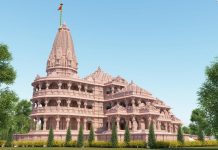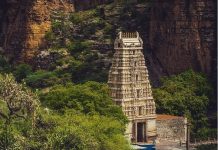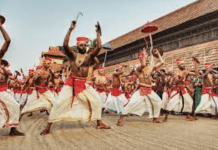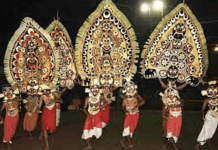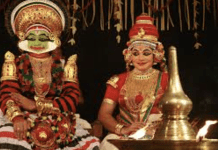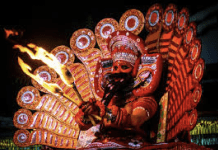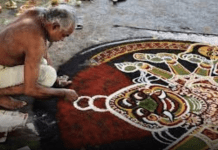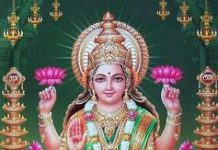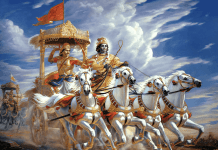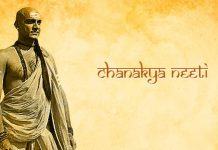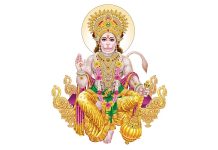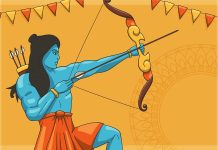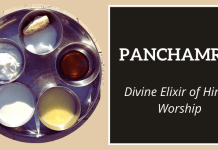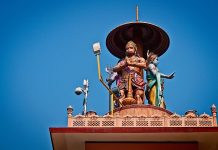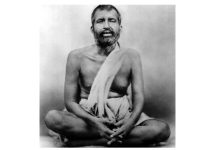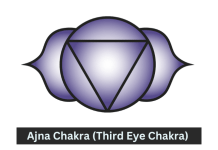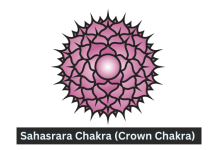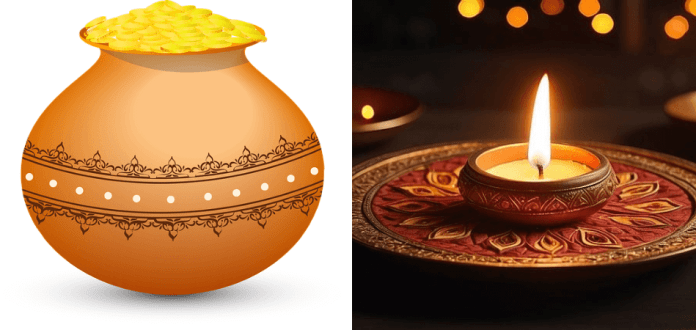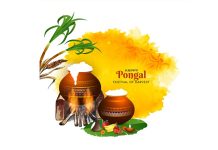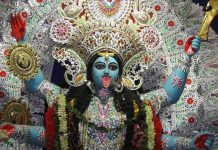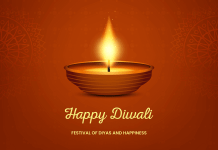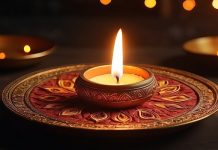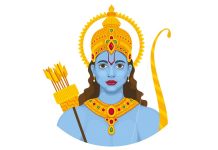In the vibrant tapestry of Indian festivals, Diwali stands out as one of the most widely celebrated and cherished. It is a festival of lights, joy, and togetherness that brings families and communities together. While Diwali itself is a multi-day celebration, the festivities commence with Dhanteras, a day that marks the beginning of the grand Diwali celebrations. In this article, we will delve into the differences and similarities between Dhanteras and Diwali, shedding light on the significance of each and how they contribute to the grandeur of the overall festival.
Dhanteras: The Precursor to Diwali
Dhanteras, also known as Dhantrayodashi, falls on the thirteenth day of the dark fortnight (Krishna Paksha) in the Hindu month of Kartik. The word “Dhanteras” is a combination of two Sanskrit words, “Dhan” meaning wealth, and “Teras” meaning the thirteenth day. The significance of this day lies in the belief that it marks the day when Lord Dhanvantari, the physician of the gods and an incarnation of Lord Vishnu, emerged with the elixir of life during the churning of the cosmic ocean (Samudra Manthan). As a result, it is considered an auspicious day for acquiring and accumulating wealth, and it is customary to buy gold, silver, or new utensils on this day. People also worship Lord Kubera, the treasurer of wealth, and Goddess Lakshmi, the goddess of wealth, on Dhanteras to seek their blessings.
Diwali: The Festival of Lights
Diwali, also known as Deepavali, is the main festival celebrated with immense enthusiasm throughout India. It usually falls on the fifteenth day of the same month, Kartik, which is the day after Dhanteras. The name “Diwali” is derived from the Sanskrit word “Deepavali,” which means a row of lights. The festival is famous for the illumination of homes and public spaces with earthen lamps (diyas), candles, and colorful electric lights. The lights are believed to symbolize the victory of light over darkness and good over evil.
During Diwali, people celebrate the return of Lord Rama to Ayodhya after defeating the demon king Ravana. In North India, it also marks the coronation of Lord Rama and his wife Sita. In other parts of India, Diwali is associated with different legends and deities, such as the worship of Goddess Lakshmi, the goddess of wealth and prosperity.
Key Differences and Similarities
1. Purpose and Significance:
– Dhanteras is primarily focused on wealth and prosperity. It is the day for buying new items, especially metals like gold and silver, to attract good fortune and prosperity.
– Diwali, on the other hand, signifies the victory of light over darkness and the triumph of good over evil. It is a festival that celebrates various mythological events and is a time for family gatherings, feasts, and the exchange of gifts.
2. Timing:
– Dhanteras marks the beginning of the Diwali celebrations and is observed on the thirteenth day of Kartik.
– Diwali follows Dhanteras and falls on the fifteenth day of Kartik, concluding the five-day festival period.
3. Traditions and Customs:
– Dhanteras involves cleaning and decorating homes, buying new utensils or precious metals, lighting lamps, and performing rituals to invite wealth and prosperity.
– Diwali entails lighting lamps and candles, bursting fireworks, creating colorful rangoli designs, exchanging gifts, visiting temples, and enjoying festive meals.
4. Spiritual Aspect:
– Dhanteras has a more materialistic focus, emphasizing the acquisition of wealth and physical well-being.
– Diwali carries a more spiritual and moral undertone, symbolizing the victory of righteousness and the dispelling of ignorance.
5. Regional Variations:
– Dhanteras is celebrated with similar customs across India, with variations in the way deities are worshiped.
– Diwali is celebrated with numerous regional variations, each with its unique traditions and legends. For example, in West Bengal, it is celebrated as Kali Puja, while in the southern state of Tamil Nadu, it is Thalai Deepavali, focusing on the welfare of brothers.
Conclusion
In summary, Dhanteras and Diwali are integral parts of the grand festival of lights, each with its unique significance and customs. Dhanteras sets the stage by invoking wealth and prosperity, while Diwali, the festival of lights, takes center stage with its emphasis on the victory of good over evil and the triumph of light over darkness. Together, they create a harmonious celebration that brings families and communities together to bask in the glow of joy, hope, and togetherness, making Diwali one of the most cherished festivals in India and beyond.


